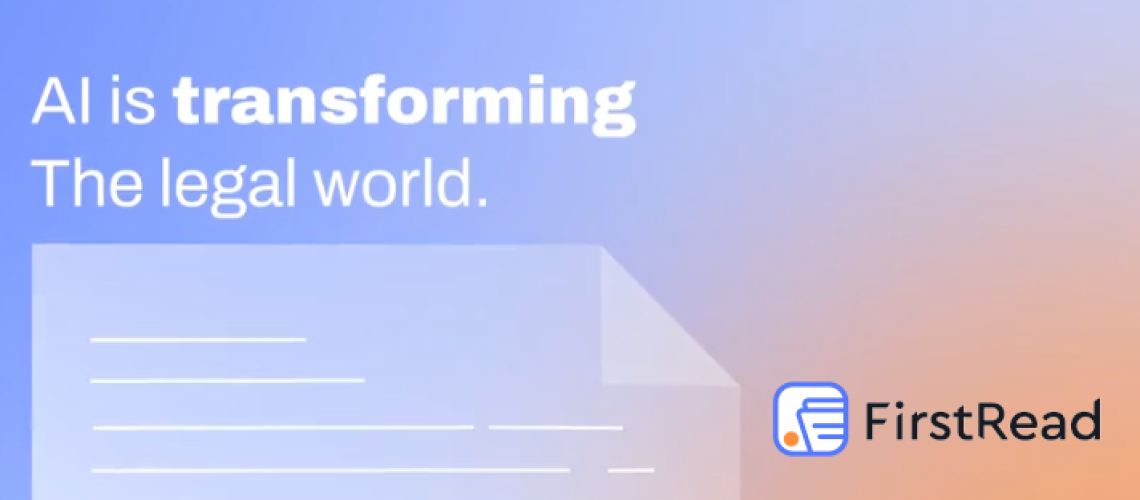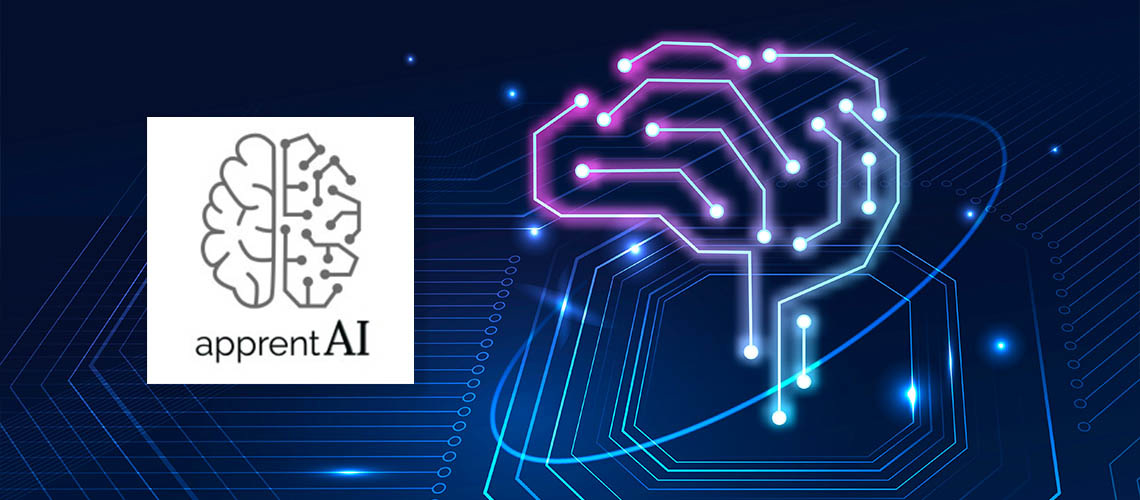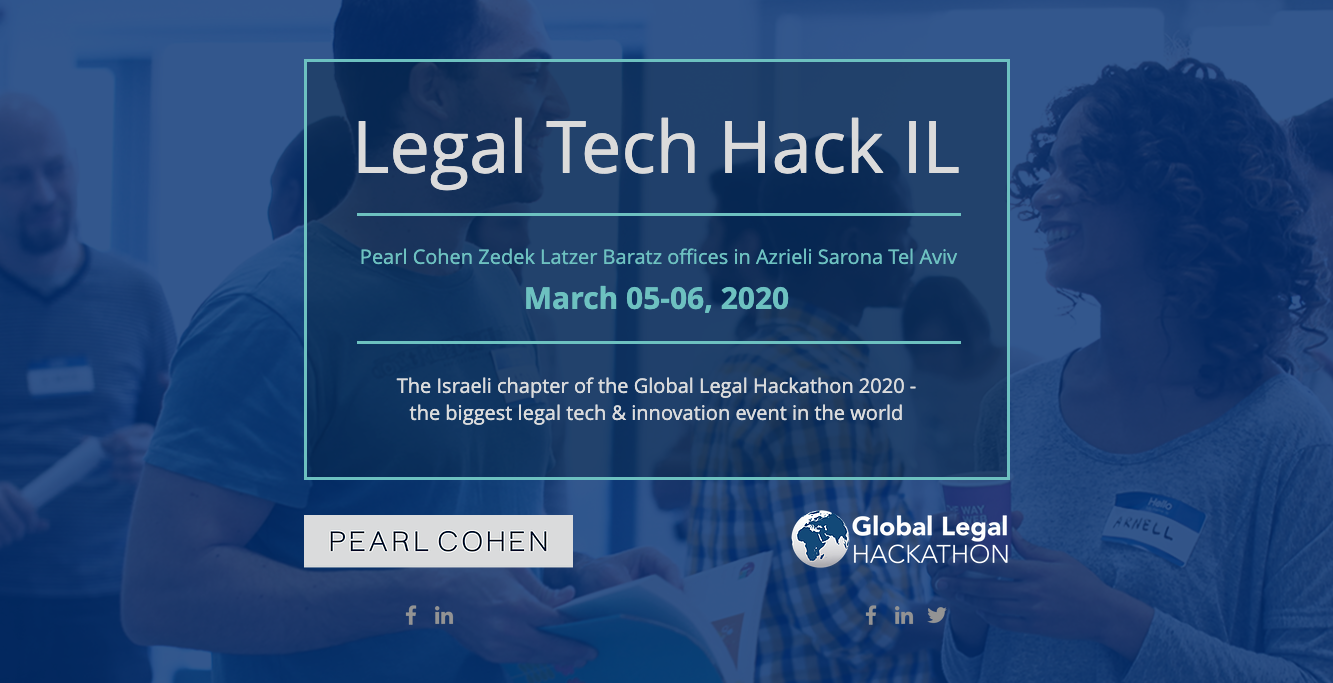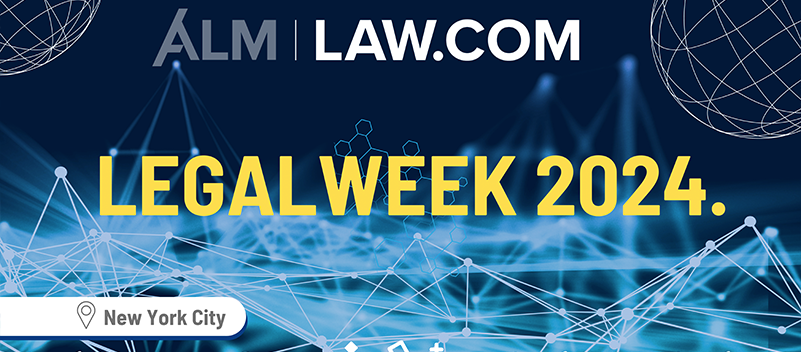
Lillian Sherman
I had the pleasure of interviewing Eran Lahav, co-founder and CEO of FirstRead. FirstRead is an AI powered platform that sets itself apart as the next-generation solution for legal teams that want to transform their legal work with AI. The platform offers agentic workflows designed for tasks such as document redlining, contract generation, issue tracking, and more. In my interview, Eran outlines his career and provides insight into the future of law as technology is becoming ingrained into legal workflows.
Tell us a little bit about FirstRead and what inspired you to create it. What specific pain point in the legal process inspired you to found FirstRead?
Eran launched the platform after years of witnessing a growing issue in legal workflows: the legal department had become the bottleneck in many business processes. “Legal has become the main issue in almost every process,” he explained. “And when mistakes happen, they’re not just minor, they’re critical.” As transactions grow in complexity, even small errors in legal documents can have far-reaching consequences. This reality, combined with the overwork and exhaustion he observed in legal teams, drove him to act. Eran and his team built FirstRead because they saw that lawyers were making mistakes and wanted to eliminate the risk associated with legal work.
The concept behind FirstRead is not to replace legal professionals, but to empower them. “It’s about elevation,” Eran said. “Helping professionals do their best work by reducing the burden of repetitive, error-prone tasks.”
How did your professional background shape the creation of FirstRead?
FirstRead’s success builds on its founders having lived the legal experience themselves. As a CFO and advisor on financial transactions, Eran was deeply immersed in the world of legal documentation. “I had to sign off on every document. Every mistake and every error came back to me. And it affected the company.”
Chen, his co-founder, is not only a lifelong coder but also an attorney who spent 7 years practicing law—facing the same challenges firsthand. He’s seen the friction between legal work and technology from both sides of the table.
Eran described the constant pressure of simultaneously handling financial reporting, real estate development, projections, and regulatory compliance. “These are huge, ongoing processes. You need to figure out how to make it all work, while minimizing errors.”
This hands-on exposure made the need for a better solution abundantly clear. Eran has advised on all kinds of documents and observed the consequences of having flaws in documents. There are delays and risks associated with document errors, and he decided to find a way to mitigate this risk. “That’s what pushed me to build something that could actually help.”
Could you elaborate on how FirstRead functions as a virtual associate and the specific tasks it automates for legal professionals?
FirstRead is, in Eran’s words, “a transactional attorney’s dream platform.” Rather than trying to cover the entire legal landscape, the platform is built specifically for lawyers handling corporate and deal-related work. “We’re not dealing with every legal task that attorneys are dealing with,” he explained. “There are many types of attorneys such as transactional attorneys, corporate attorneys, personal injury attorneys, litigation attorneys. For us, we feel very comfortable in the transactional space. So our platform is most suitable for transactional attorneys.”
The platform supports a broad range of functions: redlining, document generation, issue tracking, markup analysis, and visual outputs like charts or diagrams to help explain legal outcomes to clients. “You can assign tasks to the system or collaborate with it,” Eran explained. It’s designed to adapt to the user’s workflow, whether they need to generate a new contract, analyze changes in a redline, or build a visual summary for a client meeting. “The system is robust,” he added, “it can help with many types of tasks, and it’s all about communicating with it to get the result you need.”
Its flexibility also allows FirstRead to integrate with a wide range of file types. The platform can read emails, PDFs, presentations and ZIP files, and analyze it from a legal point of view.
Can you walk us through the core technology behind FirstRead? What makes it unique and how does it work?
FirstRead’s power lies in its combination of legal expertise and intelligent automation. “We use multiple AI models to provide the most accurate results possible,” said Eran. The system is designed to communicate seamlessly with the user, acting not as a chatbot, but rather as a knowledgeable assistant embedded directly into your work environment.
“We launched first as a Microsoft 365 app because that’s where lawyers work. The system further adapts to user behavior, making it increasingly accurate over time.” Whether it’s project-specific learnings or institutional knowledge, FirstRead can reference prior tasks to inform current outputs. And critically, the platform doesn’t just surface answers, it executes. Its automation and smart technology are what makes it work so seamlessly with legal professionals.
Can you share a success story of the integration of FirstRead in a law firm and how it positively impacted the firm’s productivity?
Eran has seen firsthand the kind of transformation FirstRead can enable within law firms, as FirstRead already won the trust of notable firms worldwide. “One associate told me, ‘Since I started using FirstRead, my documents have become flawless. The partner doesn’t even comment anymore.’ That’s the dream.” “We see the impact all the way down to the user,” Eran said. “It can be either by using FirstRead and then delivering much more than they used to, because they use that excess time in order to move on to the next task… but they’re also executing much better.”
These stories aren’t isolated. In just two years since FirstRead took off, FirstRead has seen massive interest in its technology from firms around the globe. Lawyers who use FirstRead are producing more accurate work, which in turn, saves time. With the time saved, attorneys can move on to the next task, increase client satisfaction, and raise their output. That’s the future,” Eran said, emphasizing that the competitive edge will belong to those who embrace these tools early.
Where do you see FirstRead, and legal tech more broadly heading in the next 5 years?
Eran’s vision for the future of legal tech is bold and transformative. He predicts that in five years FirstRead will be “the autonomous attorney behind the attorney.” “It won’t just flag issues or suggest edits, it will execute. From drafting and revising to summarizing and formatting, it will handle the entire execution layer and integrate with the user seamlessly.”
This, he believes, will allow lawyers to focus entirely on strategy, client engagement, and growth. “Imagine coming out of a client meeting, dictating what needs to happen, and finding everything waiting for you at your desk, already done. That’s the future.”
Eran also sees broader industry change on the horizon. “We’ll see the rise of ‘invisible legal labor’ with AI executing 80% of routine legal work.” With lawyers being able to shift their focus, law firms will grow, not by hiring more associates, but by scaling their output. Firms will be able to do more with the advancement of AI.
As for fears around AI replacing lawyers, Eran is realistic but optimistic. “Legal needs are increasing. The profession is not shrinking, it is evolving. Tech will open more doors, create more services, and allow lawyers to focus on what truly matters.”
Closing thoughts
FirstRead’s foresight and innovation through intersecting the latest technology with legal work is the perfect glimpse into the future of legal practice. Eran used his expertise to adapt to technological change, embracing it to benefit both firms and clients alike. I would like to thank Eran for sharing his story with me and our readers – it was inspirational to hear from him first-hand. Eran was such a pleasure to work with. I would also like to thank Zohar and the rest of the Robus team for connecting me with Eran and helping to facilitate my work.







